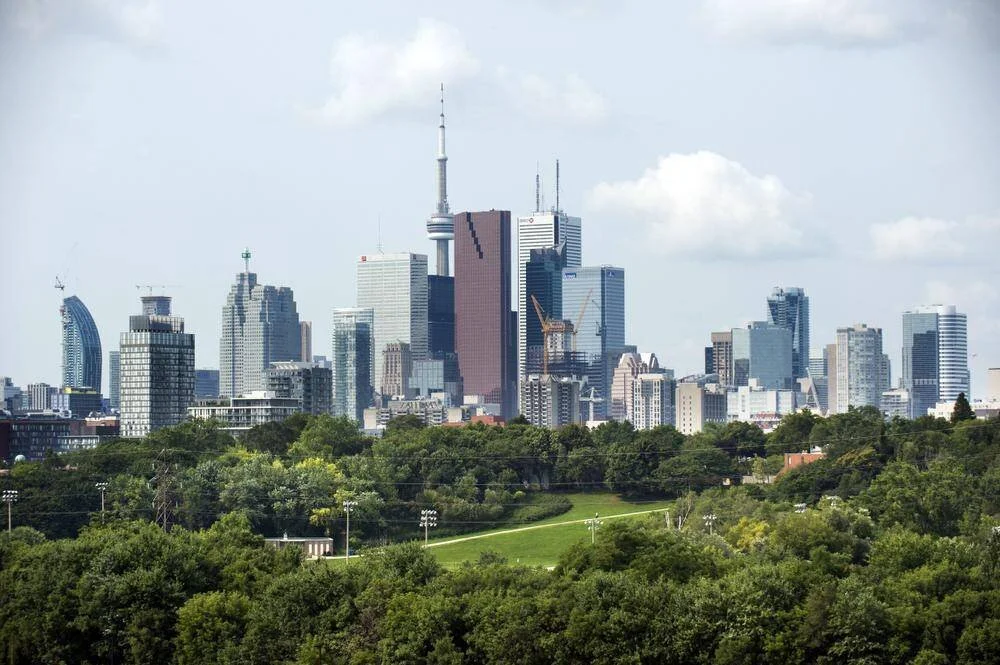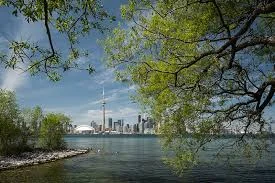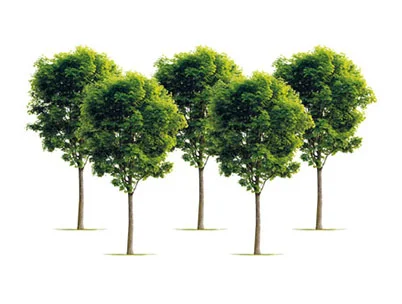Protecting Toronto's Tree Canopy
During my time in office, I've worked hard to improve the city's tree by-laws so that we can better protect and enhance our tree canopy.
Trees are our city's lungs, they contribute to the health and wellbeing of our city and its inhabitants through the provision of increased air quality, storm water management, and shading.
Toronto's trees store 1.1 million metric tonnes of carbon, equivalent to the yearly carbon emissions from over 700,000 automobiles.
I've been a long standing advocate for the preservation of trees, working alongside residents to save as many as possible in within Ward 15 and throughout the city.
One of my first actions as a City Councillor was to prioritize tree preservation in environmental assessments. I pushed hard to ensure city crews hand-dig around trees and to narrow streets in order to reduce the number of trees cut down.
Updates:
Improving
Investigations
As part of the council-directed report back on the tree bylaws in 2017, I requested staff to find ways to improve the investigations process so that it can be more timely, transparent and accessible.
This includes considering stiffer penalties for by-law violations. Options might include increasing fines, issuing stop work orders, suspending building permits for periods of time.
It is important for the city to show those who illegally remove trees that their actions have consequences and will not be tolerated by the city of Toronto.
I've worked hard to improve the city's Tree By-laws so that we can better protect and enhance our tree canopy and I will continue to do so.
Infill
Construction
In July 2016, over 30 trees were reported to have been removed without permits in Ward 25 at a development at 103 and 108 Bayview Ridge, which was approved by the OMB in 2015.
Bayview is one of the greenest neighbourhoods in Toronto. The loss of these trees was devastating to the community, particularly in view of the increasing intensification this area has experienced in recent years.
As intense infill construction continues throughout the city, it is critical that the preservation of our environment is at the forefront of our minds when we plan for the future of our city.
I also asked for a comprehensive communication strategy to help residents navigate the complexities of the tree bylaws.
When the review of the tree bylaws came to Council in 2015, I asked City Planning, Toronto Building and Parks, Forestry and Recreation to develop a set of specific recommendations to directly incorporate tree bylaw considerations into the development review process.
Trees By-law
Review
In March 2014, I kick-started a top-to-bottom review of the city's tree protection policies including recommendations on:
A communications strategy to ensure that the public is aware of the ins and outs of our tree protection policies;
Improvements to the manner and form of public notice required by the bylaw;
Uniform and consistent criteria to de fine what constitutes a tree in “healthy condition” and “poor condition;” and,
Information on the impacts of soil volume on the health and longevity of replacement trees.
March 2014
After the ice storm in 2013, it is estimated that as many as 20% of Toronto's tree canopy was lost due to the storm.
Ward 25 was hit especially hard, with significant damage sustained to its mature tree canopy. Ward 25 is one of the greenest neighbourhoods in Toronto.
The loss of those trees has been devastating to the community, particularly in light of the extreme pace of development the area has experienced in recent years.
In response to the devastating loss of many mature and beautiful trees damaged by the storm, I moved two successful motions. The first motion requested an updated tree pruning and maintenance strategy to reduce the vulnerability of city trees to future ice storms. I also requested a strategy to repair the serious and significant damage sustained by our tree canopy as result of the storm.
My priority was to improve Toronto's tree protection bylaw so that our city's canopy is resilient to future natural disasters.








